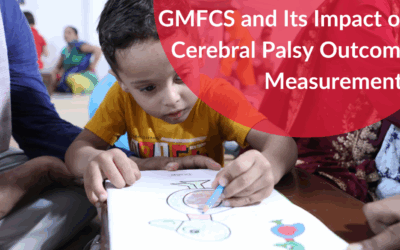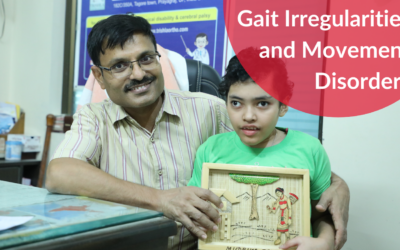Types & Subtypes of Cerebral Palsy
Cerebral palsy (CP) encompasses a group of neurological disorders that impact muscle coordination and body movement. This condition results from damage to the developing brain, typically occurring before birth, during delivery, or shortly after birth. Although the cerebral palsy symptoms and severity can vary widely, the fundamental classification of CP is based on the type of movement disorders and the specific body parts affected. Understanding these distinctions is crucial for managing the condition effectively and providing targeted interventions. This detailed exploration delves into the five primary types of cerebral palsy: spastic, athetoid (dyskinetic), ataxic, hypotonic, and mixed, along with subtypes based on affected body parts.
Primary Types of Cerebral Palsy
Spastic Cerebral Palsy
Accounting for approximately 77% of all CP cases, spastic cerebral palsy is characterized by increased muscle tone, leading to stiff, jerky movements known as spasticity. This type results from damage to the motor cortex or the pyramidal tracts of the brain, which are essential for controlling voluntary movements. Symptoms often include awkward reflexes, muscle contractures, and difficulty with fine motor tasks. Individuals with spastic CP may experience varying degrees of impairment, typically reflected in the parts of the body that are affected:
- Monoplegia affects one limb.
- Diplegia affects primarily the legs.
- Hemiplegia affects one side of the body.
- Quadriplegia impacts all four limbs.
Athetoid (Dyskinetic) Cerebral Palsy
Making up about 2.6% of cases, athetoid cerebral palsy or dyskinetic cerebral palsy presents with uncontrolled, slow, writhing movements. This form stems from damage to the basal ganglia, which regulate voluntary motor functions and coordination. Individuals with athetoid CP struggle with maintaining posture and can experience significant fluctuations in muscle tone, leading to both floppy and rigid limbs at different times.
Ataxic Cerebral Palsy
Comprising approximately 2.4% of CP cases, ataxic cerebral palsy is primarily associated with balance and coordination difficulties. Damage to the cerebellum, the part of the brain responsible for fine-tuning motor movements, leads to this type. People with ataxic CP may be unsteady when they walk and struggle with quick or precise movements like writing or buttoning a shirt.
Hypotonic Cerebral Palsy
This rare form of CP, affecting around 2.6% of individuals, manifests as notably decreased muscle tone, resulting in very soft and floppy limbs. Hypotonic Cerebral Palsy usually indicates an underlying severe brain injury. Symptoms include poor reflexes, difficulty maintaining posture, and challenges in reaching developmental milestones such as sitting or walking. With passage of time, most of time it converts in dyskinetic cerebral palsy.
Mixed Cerebral Palsy
About 15.4% of CP diagnoses are mixed, involving symptoms of more than one of the types mentioned above. Mixed Cerebral Palsy typically occurs when multiple areas of the brain have been damaged, leading to various impairments.
Subtypes Based on Affected Body Parts
The extent and location of brain damage also play a critical role in how CP affects individuals, leading to different subtypes based on the specific limbs or areas of the body that are impacted:
- Monoplegia: Affects only one limb.
- Diplegia: Mainly impacts the legs, though the arms may be slightly involved.
- Hemiplegia: One side of the body is affected, with the arm typically more impaired than the leg.
- Triplegia: Involves three limbs, usually both legs and one arm.
- Quadriplegia: All four limbs are affected; muscle tone issues may extend to the trunk and facial muscles, affecting speech and swallowing.
- Double Hemiplegia: All limbs are impacted, but the severity is asymmetric across the body.
Conclusion
Cerebral palsy is a complex condition with a spectrum of manifestations that vary from one individual to another. Early diagnosis and intervention are pivotal in managing the condition effectively. Understanding the various types and subtypes of CP not only aids in creating tailored treatment plans but also helps caregivers and medical professionals anticipate the needs and challenges faced by those living with this condition. While there is no cure for CP, advancements in therapy and medical care continue to improve the quality of life for those affected.



